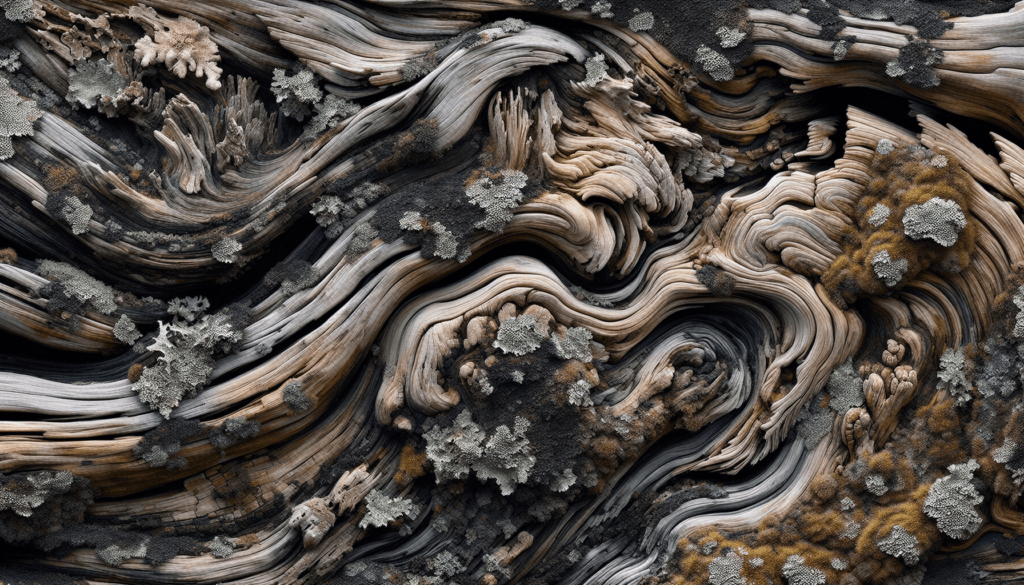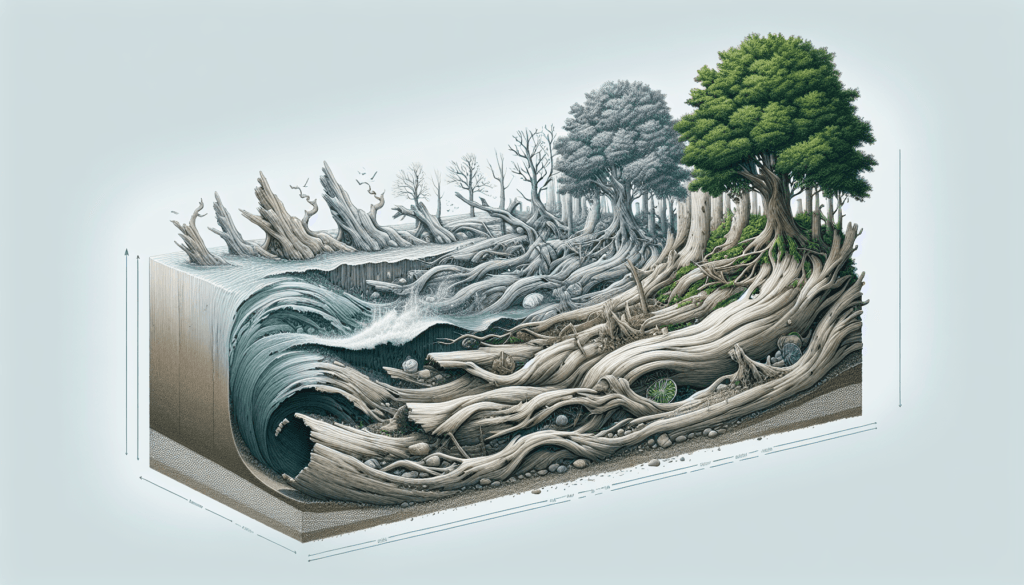Hey there! Have you ever wondered if driftwood has the tendency to mold? Well, we’ve got you covered! In this article, we’ll explore the fascinating world of driftwood and reveal whether it is prone to molding. So, grab your favorite drink, sit back, and let’s dive into this intriguing topic!
Does Driftwood Mold?
Driftwood is a fascinating natural material that can add a unique touch to your home decor or art projects. However, you may be wondering if driftwood is prone to mold growth. In this article, we will explore the topic of mold on driftwood, including its causes, types, effects, and prevention methods. Whether you are a driftwood enthusiast or simply curious, this comprehensive guide has got you covered!
What is driftwood?
Before delving into the topic of mold on driftwood, let’s first understand what driftwood actually is. Driftwood refers to wood that has been washed ashore by the tides, rivers, or other water bodies. It is usually weathered and has a distinct appearance, with its smooth texture and bleached color. Driftwood is commonly found in coastal areas and can be collected for various purposes, such as creating rustic furniture, sculptures, or decorative pieces.
Understanding mold
Mold is a type of fungus that thrives in environments with high moisture levels. It reproduces by releasing spores, which can travel through the air and settle on various surfaces, including wood. Mold growth can be a common issue in damp and poorly ventilated areas, and it can cause aesthetic and health concerns if left unaddressed. Understanding the factors that contribute to mold growth is essential to preventing and managing it effectively.

Factors that contribute to mold growth
Several factors contribute to the growth of mold, and understanding these factors can help you take necessary steps to minimize or prevent it on your driftwood. Moisture, warmth, and darkness are the three main conditions that encourage mold growth. Additionally, organic materials, such as wood, provide an ideal food source for mold to thrive. Evaluating the environment in which driftwood is stored or displayed is crucial for managing mold growth effectively.
Moisture and mold growth on driftwood
Moisture is a critical factor in the growth of mold on driftwood. When driftwood is exposed to high humidity or comes into direct contact with water, it can become a breeding ground for mold spores. For example, if you collect driftwood from the beach and bring it indoors without allowing it to dry completely, moisture trapped within the wood can lead to mold growth over time. It is important to carefully consider moisture levels and take appropriate measures to prevent mold on your driftwood pieces.

Different types of mold on driftwood
There are various types of mold that can grow on driftwood, each with its own characteristics and appearance. Cladosporium, Aspergillus, Penicillium, and Alternaria are some common types of mold that can be found on driftwood. Cladosporium is usually dark green or black and can cause allergies and respiratory issues. Aspergillus has a fuzzy or powdery texture and can produce mycotoxins, which pose health risks. Penicillium is bluish-green and can cause respiratory problems. Alternaria is usually dark brown or black and can trigger allergies and asthma symptoms. It is important to be aware of the different mold types and take suitable precautions.
Effects of mold on driftwood
Mold growth on driftwood can have several effects, both aesthetic and functional. Aesthetically, mold can cause discoloration and an unpleasant appearance, taking away from the natural beauty of the wood. In addition to the visual impact, mold can also weaken the structure of the wood over time, potentially compromising its integrity. Furthermore, mold can release spores into the air, which can be harmful to your health, particularly if you have respiratory conditions or allergies. Taking prompt action to address mold issues is crucial to preserving the quality and safety of your driftwood pieces.
Preventing mold on driftwood
Prevention is key when it comes to avoiding mold growth on driftwood. Here are a few effective measures you can take to minimize the risk of mold:
Ensure proper ventilation: Adequate air circulation can prevent moisture buildup, which in turn discourages mold growth. If you are displaying driftwood indoors, consider placing it in well-ventilated areas or using fans to keep the air moving.
Regularly inspect and clean: Regularly inspect your driftwood for any signs of mold growth. If you notice any, take immediate action to clean and treat the affected areas. Additionally, dusting or wiping down your driftwood regularly can help prevent mold spores from settling.
Control humidity levels: Maintaining optimal humidity levels in your home or display area can significantly reduce the risk of mold growth on driftwood. Consider using dehumidifiers or air conditioners to keep the moisture levels in check.
Cleaning and removing mold from driftwood
If you discover mold on your driftwood, it is important to address it promptly and effectively. Here is a step-by-step process to clean and remove mold from your driftwood:
Put on protective gear: Before starting the cleaning process, it is recommended to wear gloves, a mask, and safety goggles to protect yourself from mold spores.
Prepare a cleaning solution: Mix a solution of warm water and mild detergent or vinegar. Avoid using bleach, as it can damage the wood and release harmful fumes.
Scrub the moldy areas: Use a soft brush or sponge to gently scrub the moldy areas of the driftwood. Be thorough but gentle to avoid causing any damage to the wood.
Rinse and dry: After scrubbing, rinse the driftwood thoroughly with clean water. Ensure that all the soap or vinegar is completely removed. Allow the driftwood to dry in a well-ventilated area. You can speed up the drying process by using a fan or placing it in sunlight.
Apply a protective sealant: Once the driftwood is completely dry, consider applying a protective sealant to prevent moisture absorption and future mold growth. There are various sealants available specifically designed for wood that can provide an additional layer of protection.
Using driftwood in home decor and art
Now that we have covered the topic of mold on driftwood, let’s shift our focus to the creative possibilities it offers in home decor and art. Driftwood can be incorporated into a variety of projects, from wall hangings and centerpieces to furniture and sculptures. Its unique textures, shapes, and colors add a touch of natural beauty and rustic charm to any space. Whether you prefer a minimalist, coastal, or bohemian style, driftwood can be a versatile and visually appealing element in your interior design.
Conclusion
In conclusion, while driftwood can be prone to mold growth if not properly cared for, taking appropriate measures to prevent and address mold can help preserve the beauty and integrity of your driftwood pieces. By understanding the factors that contribute to mold growth, regularly inspecting and cleaning your driftwood, and ensuring optimal conditions, you can enjoy the unique and natural beauty of driftwood in your home decor or art projects. So go ahead, get creative, and let driftwood be a delightful addition to your living space!